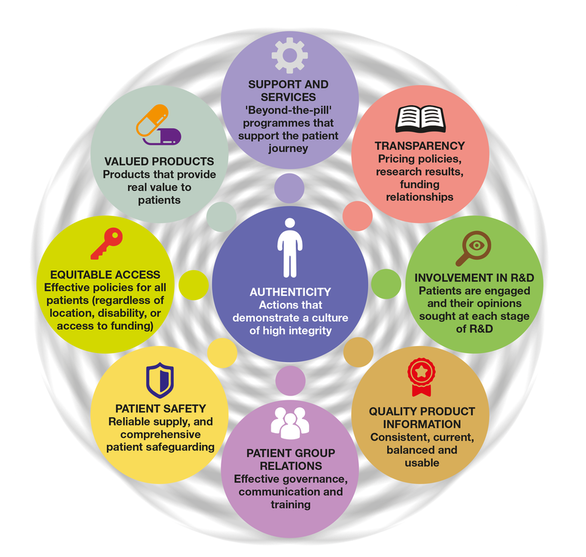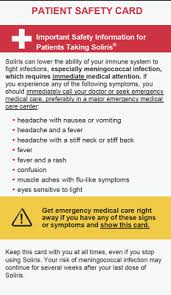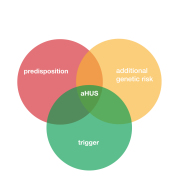There is so much chat these days about what things should be like after the pandemic. Though it does seem at times like COVID 19 is never ending.
The world has been different since the abrupt beginning of COVID 19 and the devastating path it took. Much like what happens to individual aHUS patients when the disease strikes. Now the world has felt something like it.
Confidence has been rocked , anxiety has been elevated and the will to return to normality is strong.
Many not for profit, or charity, patient organisations have been affected by the pandemic because they are “big businesses”. They have employees and are dependent on large income streams for their existence. After nearly two years they are suffering.
aHUS patient organisations are not big business , never have been.Their model is one of volunteers working together towards common objectives and making use of their small resources. They need to “punch above their weight” in a well known boxing term.
COVID 19 did not affect them materially , they being mostly “virtual” in their patient advocacy. They have responded to the information needs about COVID 19 and aHUS , particularly as from the outset it was seen as a potential new trigger of aHUS. Something which has now been confirmed.
But advocacy for aHUS was on the verge of change before COVID 19 began its impact. There was already a realisation that small organisations such as ours were facing challenges as the developed aHUS world’s needs were going beyond being met, whilst the developing world need not remain behind. More and more treatment options are in development by more and more Pharmaceutical companies.
This new aHUS advocacy challenge featured in a website article in November 2019 before the pandemic. It was about “patient centricity” ( see article HERE) The model of patient centricity ( see below) developed by an organisation called Patient-View described the issues on Pharma interface which are relevant to patients in the real world. It has been adopted by Global Action to help us in scoping our work. Being Patient Centric would influence patient/Pharma relationships going forward. Also there were going to be more such relationships as new Pharma enter the aHUS market.

Patient- View took the opportunity to review its patient centricity model during 2021 to see if COVID 19 had any impact on it. Nearly 1600 patient groups, large or small and from around the world, contributed to the study .
The study revealed a number of paradigm shifts in the way researchers, Pharma , health policy decision makers, and Governments behaved during COVID 19. The paradigm shifts were:
- Increased focus of data sharing
- health inequities made visible
- greater focus on personalised care
- accelerated medicines and roll out
- greater public understanding of pharma’s processes
- deploying remote care
- supporting marginalised patients
Shifts now seen that cannot be unseen. Setting in motion forces for change in the aHUS small world too.
Forces for change on top of changes already needed going into the 2020s in an era of opportunity for aHUS patients everywhere.
But global aHUS patient advocacy needs something different to meet the challenge this presents.
Something which is:
- inclusive of the global community
- responsible and ethical
- transparent in what it does
- respectful of confidentialities when needed
- a common endeavour based on teamworking, partnerships and collaboration
- expert and skilled
- sufficiently resourced
- founded on good quality practices
- acknowledged and respected
- sustainable and resilient
- and synergistic, which punches well above its weight
To become a global aHUS force for what matters to aHUS patients in the 2020s and beyond.
Something by the aHUS community for the aHUS community both now and for those yet to join it.
Article No. 480


